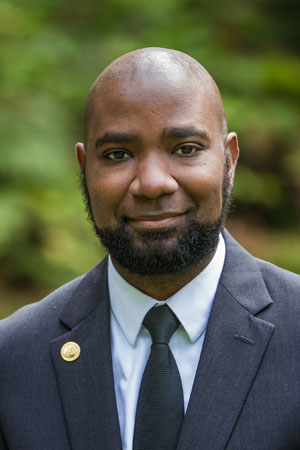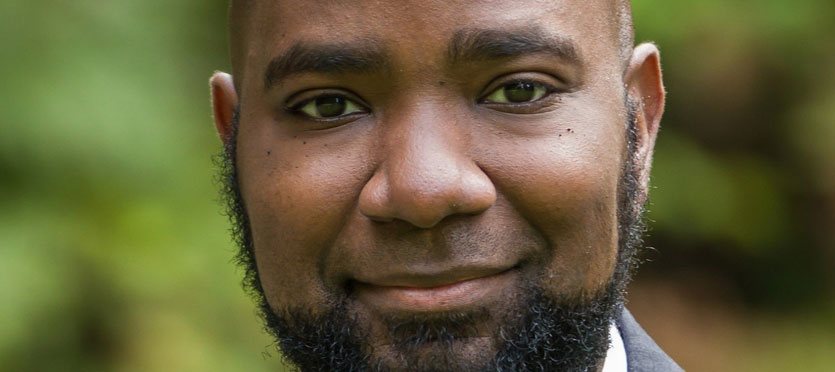NOTE: This is the first in what will eventually be a series of interviews with educators who are using #ObserveMe signs and what they’ve learned along the way. The green bold text was added as an emphasis by me and not by the person being interviewed.
Name: Nate Bowling
Twitter handle: @nate_bowling
Website: http://www.natebowling.com/
Years in education: 11
Current position: AP Government & Politics and AP Human Geography
Location: Tacoma, Washington, USA
How did you hear about the #ObserveMe movement?
I have a National Board Certified Teacher (NBCT) colleague named Mary Moser. She is a member of an organization that I helped found in 2011 called Teachers United. She currently serves as the Director of Communication, so she’s the keeper of the keys for the @TeachersUtdWA Twitter account. She shared your original article. I gave it a read and nodded my head throughout much of it. The idea immediately it resonated with me — honestly it’s a no brainer.
Why did you want to create an #ObserveMe sign?
Teaching is an extremely isolating career field. My admin and instructional coaches have a finite amount of time. For very obvious reasons, they dedicate the vast majority of their time to newer teachers and to teachers who are on plans of improvement. High functioning teachers are largely (and rightfully) asked to lead others in PD, so in many ways they are on their own to hunt down avenues for growth.
Additionally, in my role as State Teacher of the Year, I have had a revolving door of guests and strangers observe my classroom over the last two years. I used to always try to debrief with visitors, but their feedback was usually complementary, but very vague. #ObserveMe gives me a chance to put them to work and to provide me with very specific feedback on what they’re seeing from me and more importantly, from my students. They notice tics or issues with my teacher moves that I don’t. They also they notice things about student discourse that I miss.
How did you determine your feedback goals?
It’s my intention to rotate my goals as the year moves along. My current goals are based on my desire to improve student discourse in my classroom. My instruction is conversation based. I use a method that I call “Socrative Lecture;” my job is to pose questions for the students, listen to their thoughts, and then help fill in the gaps that become apparent.
I believe in the adage that “whomever is doing the talking, is doing the thinking” so I try to shut-up and let them lift the cognitive weight.
A scribe came in last year and did a time study in my room. On a typical day, the talk time ratio in my class in 60% to 40%, with students in the majority. That’s quantity, but I had concerns about the quality of the conversation. Specifically, I wanted to improve the discourse in my classroom because utilizing academic vocabulary and constructing evidence based arguments are essential academic skills for post-high school success.
How did you advertise your #ObserveMe sign so that other teachers knew about it?
My wife is also a teacher, also an ed blogger, and also a teacher in my building. We both decided to do #ObserveMe over dinner one night. We serve as each other’s instructional facilitators. Once I made a sign, I shared it with her. She then made her sign and we shared the idea with some colleagues of ours in our building. She also decided to blog about it and we both tweeted out our signs. The response was immediate. Both her blog post and my tweet hit a nerve and were shared widely.
That was in August, at the beginning of September, half dozen of my colleagues in the building had created #ObserveMe signs. That number is now nearing two dozen. Some people are using QR codes and Google Forms. Others like myself are old school and have paper handouts and a basket to put them in. When I am walking through the building during planning and I see an #ObserveMe I often pop my head in the room, grab a seat, and listen & observe for 5-10 minutes. #ObserveMe represents a cultural shift for my building and for our profession. In the future, for the sake of our students, teaching needs to become a more collaborative endeavor.
Please share a story of meaningful feedback you’ve received that you wouldn’t have been able to get on your own.
When observers come into my classroom, I usually encourage them to sit among the students at an available desk. From these seats they are able to hear the intra-table conversations. The “turn & talk” that happens at tables is very rich conversation; students are often more willing to share and have more time to elaborate in small groups than they can during whole class discussions. I try to rotate around the room and listen, but obviously can’t hear all the conversations. From my #ObserveMe forms people have pointed out to me my conversation dominators, whom I have asked to take a step back, but also my small group superheroes who share really thoughtful insights in small groups, but are reluctant to share with the whole class. I call on them more often or ask their neighbors to paraphrase their small group insights.
The quality and depth of feedback I have received thus far from my #ObserveMe is better than any evaluation of my career. pic.twitter.com/8LDg2jfczo
— nate bowling (@nate_bowling) October 20, 2016
What have you learned through this process that you wish you knew when you started?
What strikes me about #ObserveMe is not necessarily what I have learned, instead I am struck that it took me eleven years in the profession before discovering this process. This should be the norm in our profession—our work is too important to be done in isolation. Regular, immediate, non-evaluative feedback should be the norm. It’s funny how some of the biggest shifts in my teaching have come from very incremental changes. #ObserveMe is one of those simple but meaningful shifts that has altered my practice.
What would you say to someone who isn’t sure if #ObserveMe is right for them?
Our profession is improved when we are public with our practice. You are better off for being observed and the people watching you are better off for the experience, as well.

